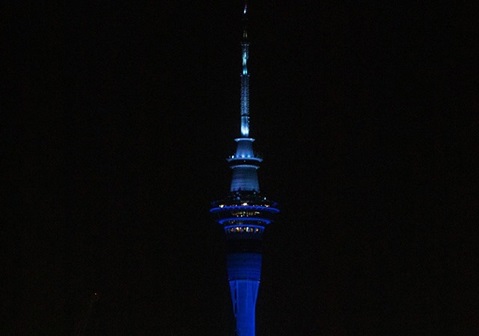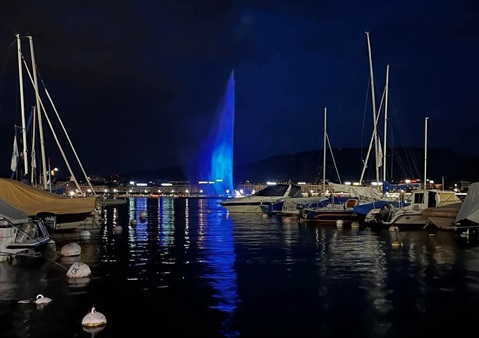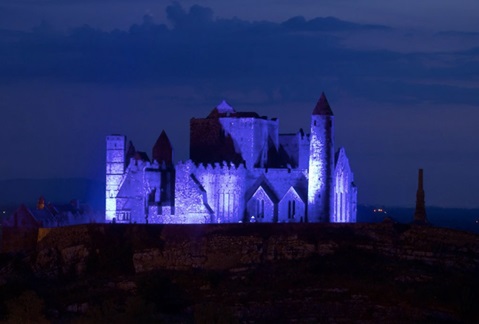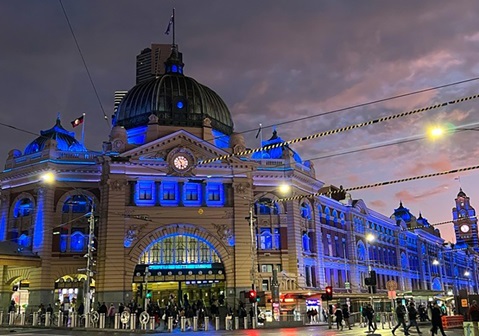
WPRO / WHO
©
Credits
Individuals can:
Do one thing.
- Share our campaign material
- Enroll in a swimming and water safety class
- Support local drowning prevention group
Improve one thing.
- Share water safety advice in your community
- Advocate for the benefits of improving your swimming and water safety skills based on personal experience
- Become an active member of a local drowning prevention group
Add one thing.
- Expand your knowledge on drowning prevention through reviewing resources on the WHO website
- Hold a community event to commemorate World Drowning Prevention Day on 25 July

RNLI, Nihab Rahman
©
Credits
Groups can:
Do one thing.
- Host a public event to share water safety information
- Launch a drowning prevention campaign
- Commit to delivering a new drowning prevention programme
Improve one thing.
- Expand an existing drowning prevention programme
- Identify a new partner for collaboration
- Take time to evaluate and reflect on current efforts, considering how these could be improved
Add one thing.
- Address a local drowning prevention priority which is currently neglected
- Support the work of another organization or community
- Contribute to regional or global drowning prevention efforts

WPRO / WHO
©
Credits
Governments can:
Do one thing.
- Develop or announce a new drowning prevention policy, strategy or legislation
- Convene a national multisectoral roundtable on drowning and its prevention
- Commit to support a drowning prevention programme domestically or internationally
Improve one thing.
- Establish an evaluation mechanism for new and existing drowning prevention efforts
- Strengthen advocacy for government-led drowning prevention efforts
- Upscale an existing, successful drowning prevention programme
Add one thing.
- Coordinate a national campaign to commemorate World Drowning Prevention Day on 25 July
- Share key successes in government-led drowning prevention initiatives
- Investigate how international drowning prevention efforts can be supported from your country






